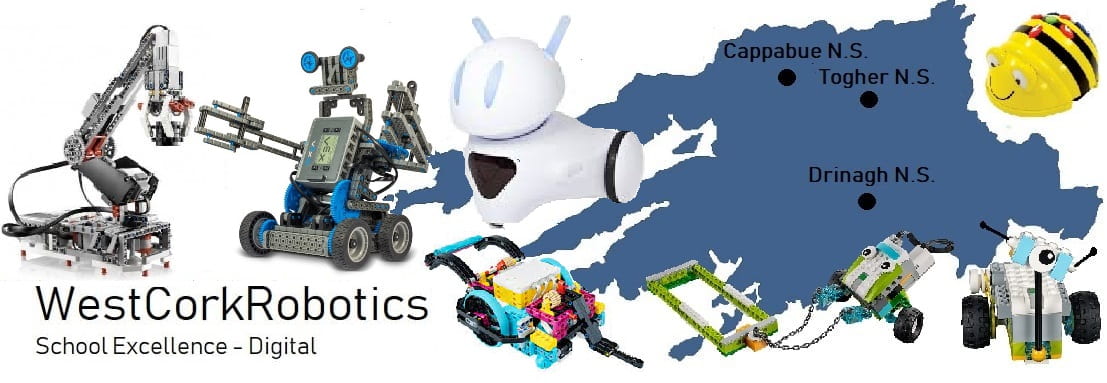As the world grows more technologically complex, computer science and computational thinking are becoming even more crucial fundamentals for students to learn. Since you can physically see the results of your coding exercises, robots offer a uniquely engaging format for learning these concepts. By its nature, the study of robotics inherently incorporates all four pillars of STEM while also encouraging teamwork, problem solving, and leadership for our students
There’s a lot of learning theory that says that experiential learning is very beneficial to children as it gives them concrete experiences to connect with the more abstract, theoretical STEM concepts. Making attempts that don’t work—and figuring out why they didn’t—is a crucial part of the learning process. When children are learning through testing and troubleshooting, they’re developing a sense of confidence that it’s OK if it doesn’t work the first time.
One of the main features of robots and coding is the collaboration between the children – watch the video below and imagine the conversations. “How did you do that?” “How do I fix this?” “Look at this” “If you change that around it might work” “you need to put in a decimal point there”. All the children are engaged with their learning and collaborating with each other
